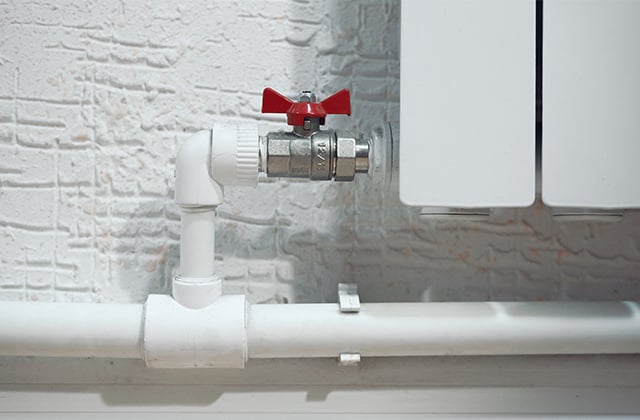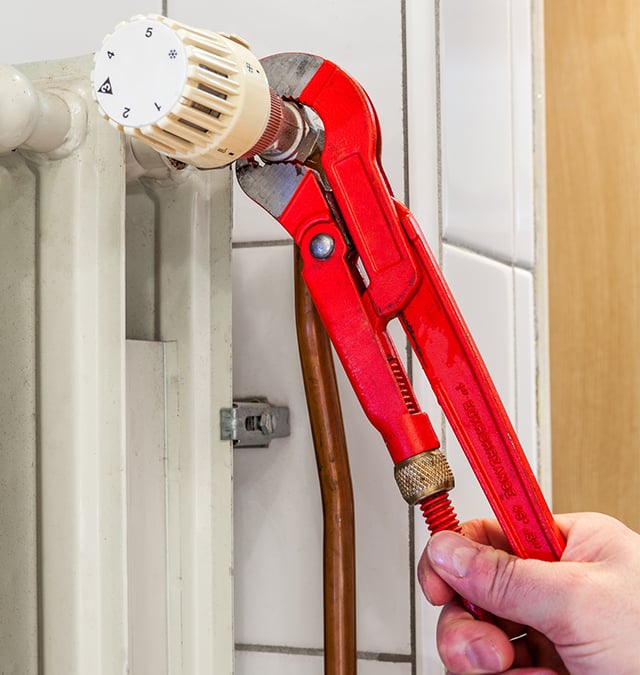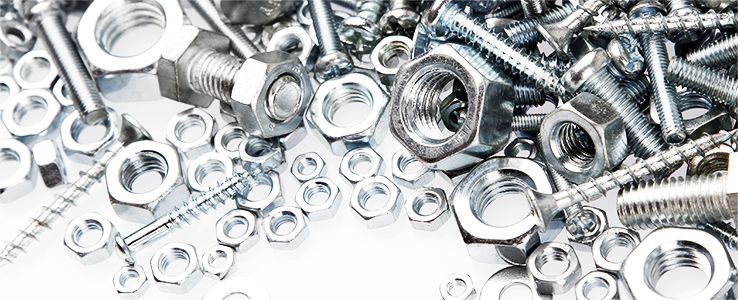Electric water heater: no more hot water
Before buying a new electric water heater, check to see if you can repair yours. The following tips can also apply to gas water heaters.
Potential solutions:
- The high temperature limit may have tripped in the breaker box. If so, turn off power to the tank. Then, remove the cover from the upper element port on the tank. Take out the insulation, remove the element’s cover, and then press the red reset button.
- If the red reset button doesn’t work, then there is a problem with the electrical supply. Either the high limit is damaged or the electrical feed is insufficient. Use a multimeter to test the electrical supply.
- There may be a problem with the thermostat either on the top or on the bottom on the tank. Either replace the thermostat(s) or hire a licensed technician to do it.
- If the inside of the element’s compartment is wet, then it is time to purchase a new hot water heater.
- If simple repairs do not solve the problem, there could be greater electricity issues within the home. It is highly recommended to hire a licensed electrician to evaluate the home’s electrical system and to complete the repair work.




























